PORTO PAVILION
SITE
I. LOCATION
Our site is Parque Estacionamento, which is next to one of the most popular beaches, Praia de Matosinhos of Porto. One part of the site is the beach, and the other side is the residential and commercial area.
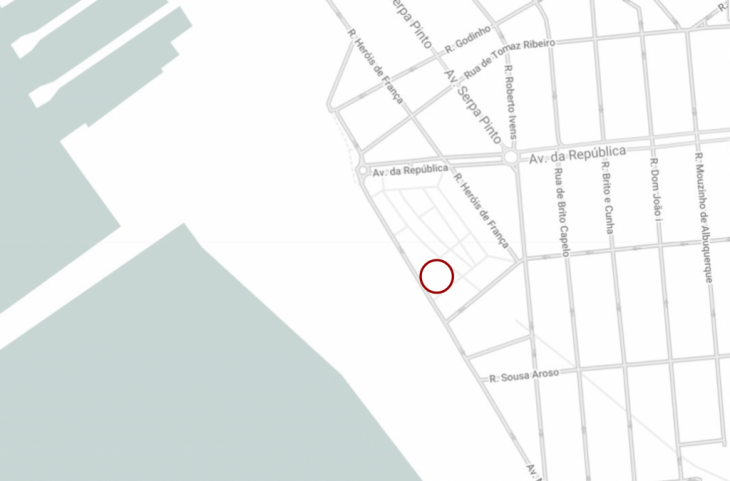
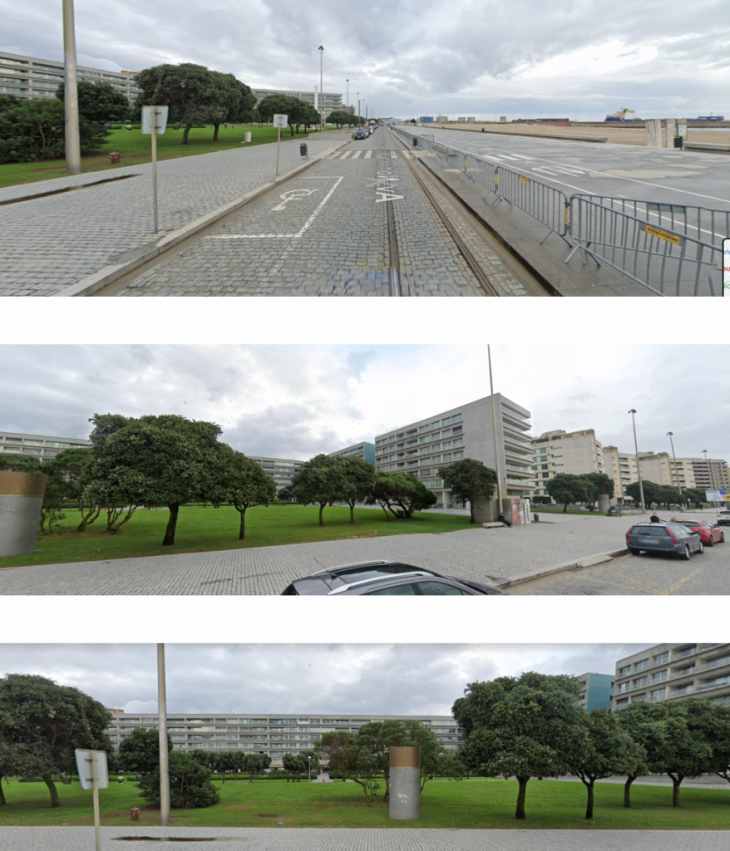
II. CLIMATE ANALYSIS
The pavilion will be adapted in order to account for wind and sunlight. It will be optimized to have natural diffused light enter while also allowing enough wind to enter in order to have proper ventilation without being overpowering. Through our analysis, we focused mostly on the summer months. We checked the wind which is from the Northwest. We checked the humidity, sky cover, and temperature, in order to reduce the excessive heat and apply proper ventilation.
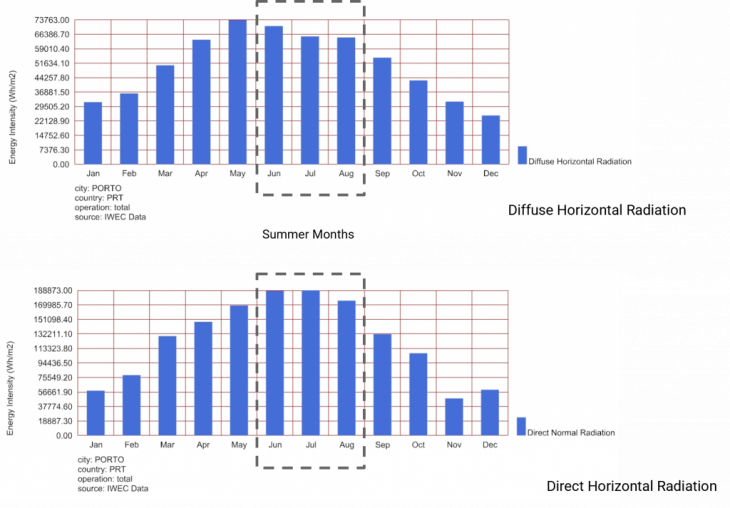
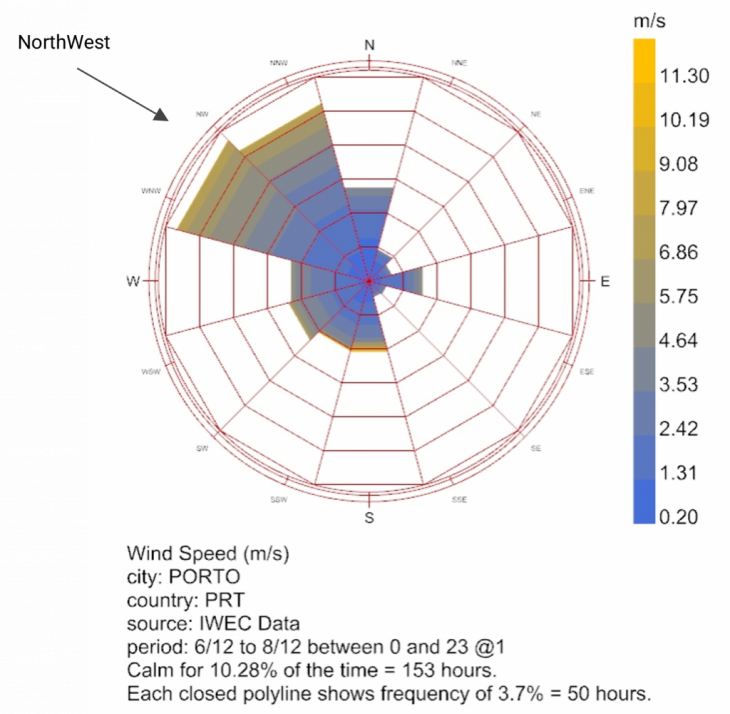
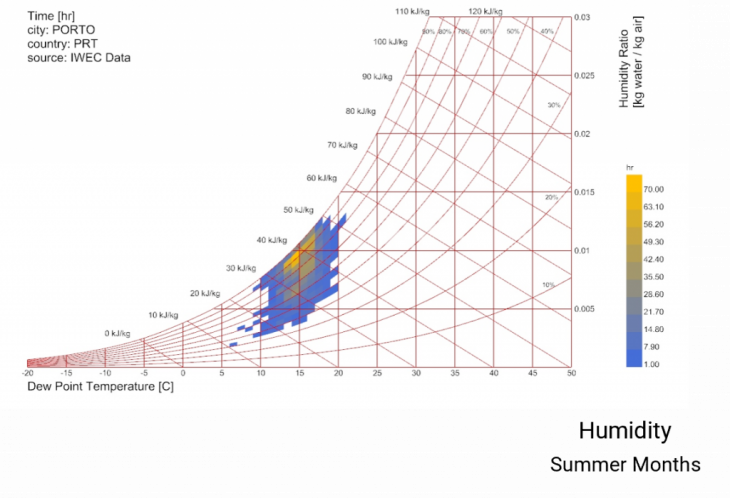

FORM FINDING METHOD
Firstly, we did Ladybug analysis on Grasshopper. We created volumes, oriented them. Within that, we created base geometry and then the mesh.

DESIGN STRATEGY
For our design strategy, after creating geometries, we constructed the mesh from active bending shells.
We did ladybug sun exposure analysis and according to that, we created openings to reduce the solar radiation and allow filtered light to enter in.
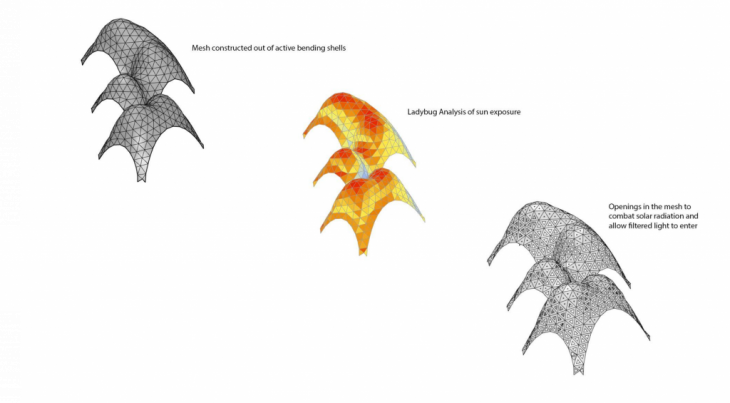
DESIGN ITERATIONS
We tried the alterations with the sizes of the openings. And we concluded on the final design.

OVERALL GEOMETRY
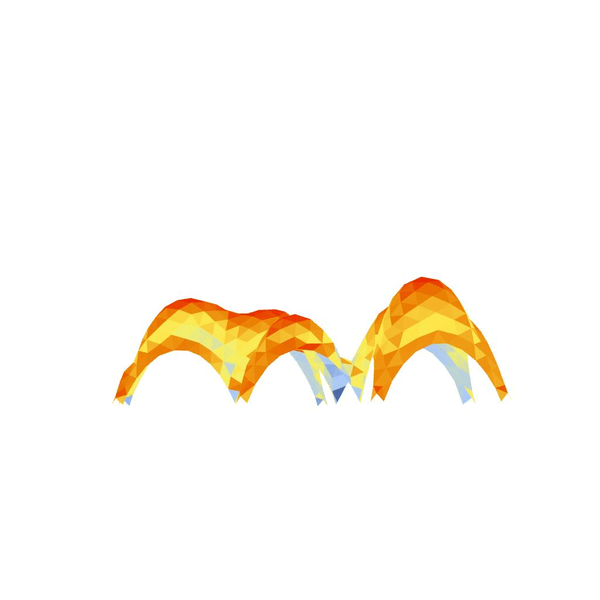
FABRICATION STRATEGY
For our fabrication strategy, we enrolled the mesh with the ivy grasshopper plugin.
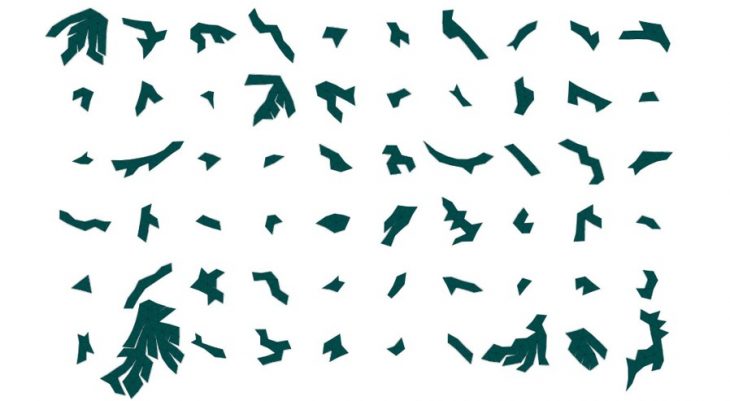
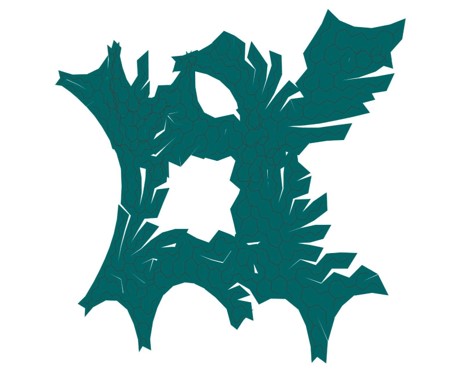
PSEUDOCODE
- Took epw. file for Porto
- Created a Wind Rose, Sun Path, and Radiation analysis with Ladybug.
- According to that, we decided the direction of the pavilion.
- Three base boxes are created, and each is scaled according to the analyses. And created a desired geometry.
- Geometries are transformed into the mesh, to have a geometry for plugin into the kangaroo
- Inflation by using Kangaroo.
- With the form that has been created, by using the same epw file, another Ladybug analysis for sun exposure has been made.
- Mesh triangulation was the method used to penalize the surface.
- Optimization for minimum solar radiation gain yet open and arey.
- For the fabrication part, the mesh has been unrolled using the ivy Grasshopper plugin.
RENDER

Computational Design 2 – “Porto” is a project of the Institute for Advanced Architecture of Catalonia developed at Master in Advanced Architecture in 2020/2021 by:
Student: Diego Vazquez de Santos, Emily Bishop, Gizem Demirk?ran; Faculty: David Andres Leon; Faculty Assitant: Ashkan Foroughi Dehnavi; Student Assistants: Uri Lewis Torres, Laukik Lad
